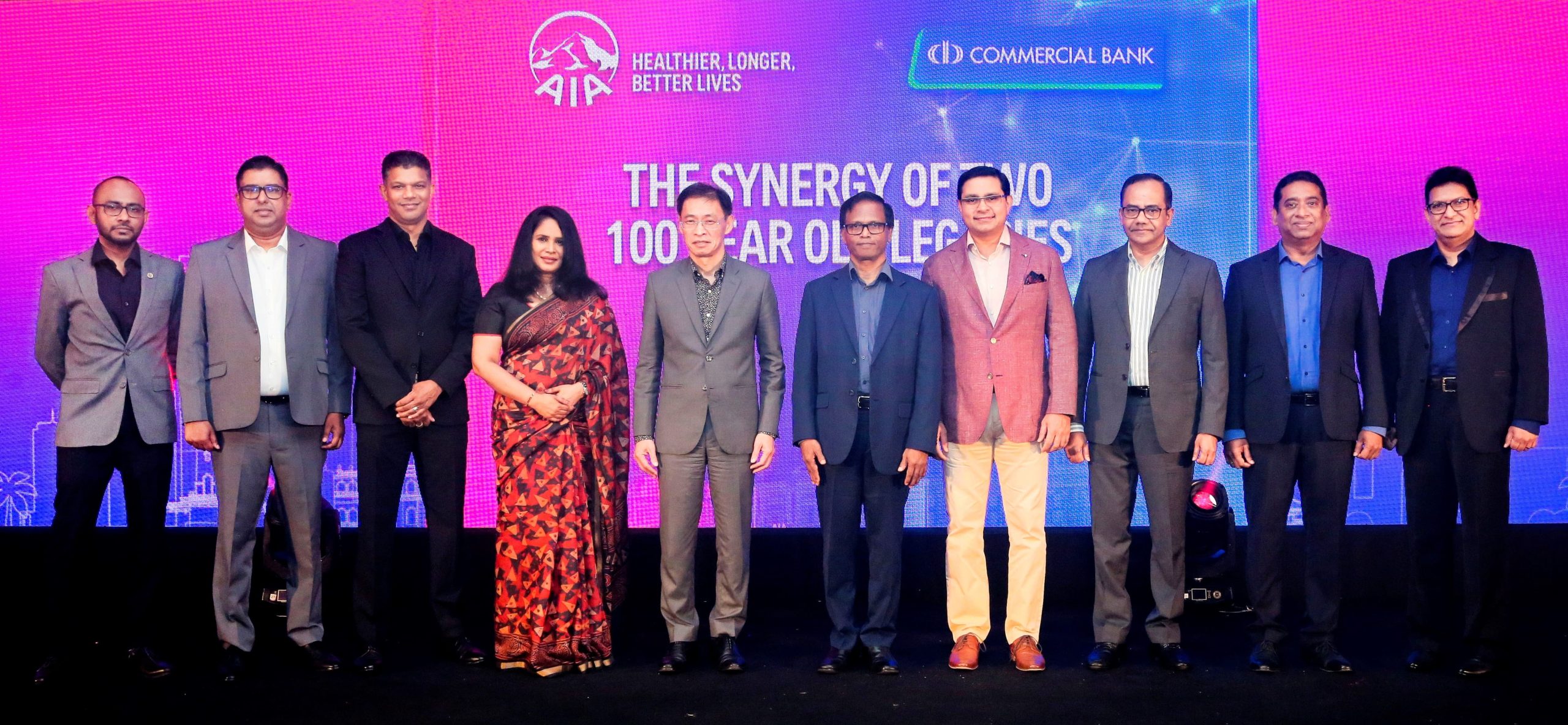The government revenue in the first half of 2022 jumped the most in recent times as Value Added Tax (VAT) and a slew of other taxes were raised effective from June as part of broader fiscal sector reforms to end or at least limit the monetary financing of the gaping hole in the budget.
According to the data available through June, the total government revenue rose by 28.5 percent to Rs.919.5 billion in the first six months from the same period in 2021.
More specifically the revenue raised via taxes rose by 24.6 percent to Rs.798.8 billion in the six months compared to the same period in 2021 as most of the tax reforms proposed in May came into effect from June 1 onwards.
The government raised the VAT to 12 percent from 8 percent, corporate tax rate to 30 percent from 24 percent, the highest personal income tax rate to 34 percent from 18 percent, the telecom levy to 15 percent from 11.25 percent and the betting and gaming levy to 15 percent from 10 percent, effective from June 1, 2022, while some of the other tax incrases are due from October 1 onwards.
Later in August, the VAT was raised again to 15 percent in an interim budget and the legislation to bring in the Social Security Contribution levy of 2.5 percent affecting a broader segment of businesses was also passed.
Both taxes are coming into effect from September as part of broader revenue sector reforms in a 180 degree reversal from the more generous tax policy adopted in December 2019, which left the government coffers dry, partly contributing to the present day economic crisis.
More revenue enhancing proposals in the likes of capital gains tax could be included in the 2023 budget slated to be presented in November as part of the deal with the International Monetary Fund (IMF).
The low tax regime was estimated to have cost the government of between Rs.600 to 800 billion in annual revenues losses causing the Treasury to lean excessively on Central Bank liquidity to finance its deficit, which continuously expanded to 11.1 percent of GDP in 2020 and to 12.2 percent of GDP in 2021, from 9.6 percent of GDP in 2019.
It also bloated the public debt to GDP to 100.6 percent and 104.6 percent in the two years respectively from 86.9 percent in 2019, plunging the country into a deeper debt crisis.
The interim budget for 2022 aims to trim the budget deficit to 9.8 percent of GDP with a medium term aim to bring it down towards 3.5 percent of GDP in 2025 with a primary surplus of 2.3 percent of GDP, an extremely ambitious target to be achieved.
Meanwhile, on the expenditure side, Sri Lanka managed to keep the increase in total expenditure below the rise in revenue at 21.8 percent.
The recurrent expenditure rose even below at 19.9 percent to Rs.1,571.6 billion compared to the same period last year while the capital and lending minus repayments rose by 35.8 percent to Rs.250.5 billion.
The interim budget re-allocated Rs.300 billion worth of capital expenditure identified as less priority ones into providing relief to those affected by the economic crisis.
In the six months, the overall budget deficit expanded to Rs.902.7 billion from Rs.780.2 billion in the corresponding period of last year.

